Digital Classroom
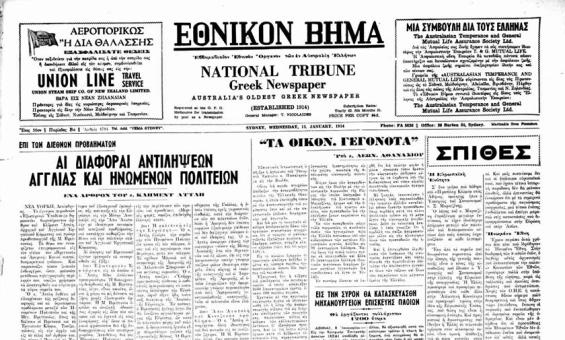
(2021). To ethnico vema : Greek national vema, nla.gov.au/nla.news-title1592
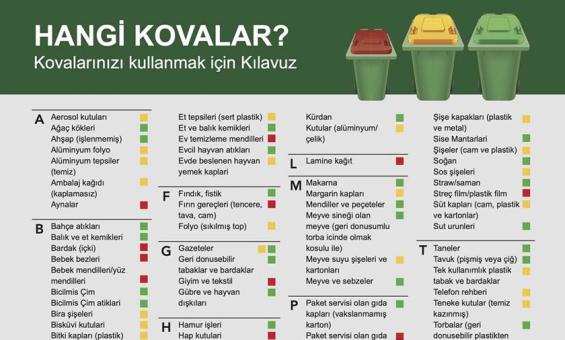
Mildura (Vic. : Rural City). Council. & Mildura (Vic. : Rural City). Council, issuing body. (2020). HANGİ KOVALAR? : Kovalarınızı kullanmak için Kılavuz, nla.gov.au/nla.obj-2963507733

Australia. Department of Foreign Affairs and Trade. Overseas Information Bureau. (1991). Ethnic newspapers are prominent on this kiosk in Elizabeth Street, Melbourne, 1991 [transparency]. nla.gov.au/nla.obj-136834359
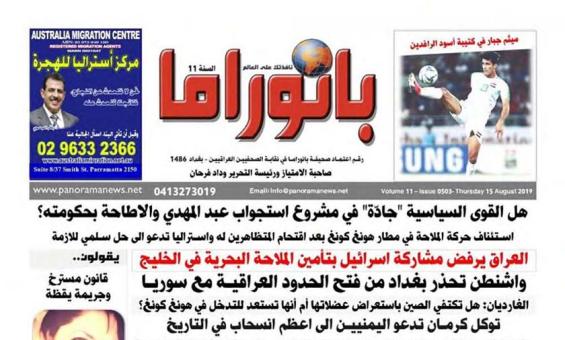
(2008). The Australian panorama Arabic newspaper. [Panorama Arabic Newspaper], [Parramatta, New South Wales] https://www.panoramanews.net nla.gov.au/nla.obj-747828340
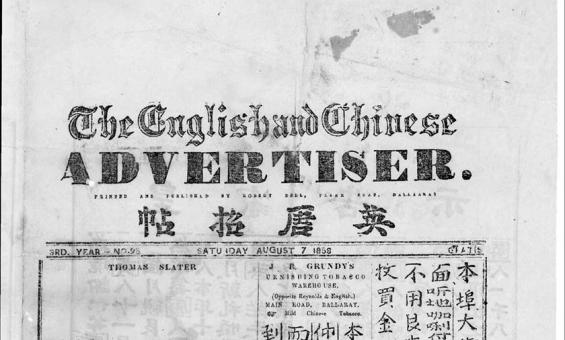
(1858, August 7). The English and Chinese Advertiser (Vic.: 1856–1858), p. 1., nla.gov.au/nla.news-page15910530

LA CLIQUE DARLAN (1943, January 1). Le Courrier Australien (Sydney, NSW : 1892 - 2011), nla.gov.au/nla.news-article161749598
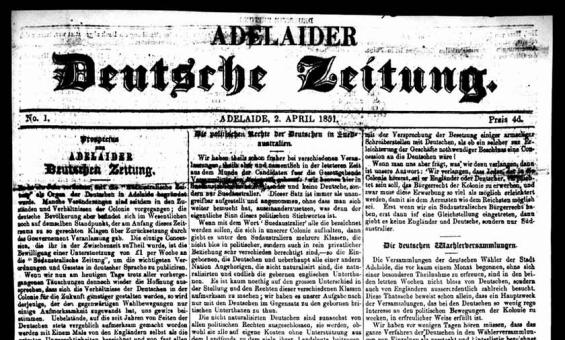
(1851). Adelaider Deutsche Zeitung (SA: 1851–1862), nla.gov.au/nla.news-title277
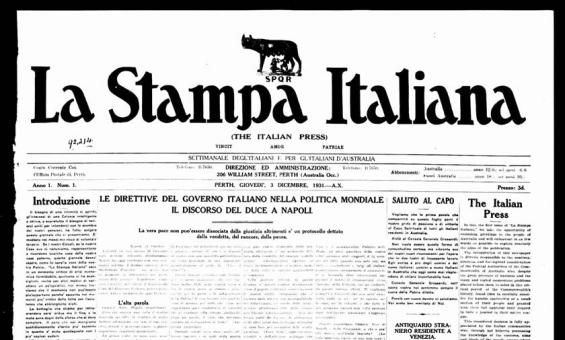
LE DIRETTIVE DEL GOVERNO ITALIANO NELLA POLITICA MONDIALE IL DISCORSO DEL DUCE A NAPOLI. (1931, December 3). Stampa Italiana = The Italian Press (Perth, WA: 1931–1932), nla.gov.au/nla.news-article249697143
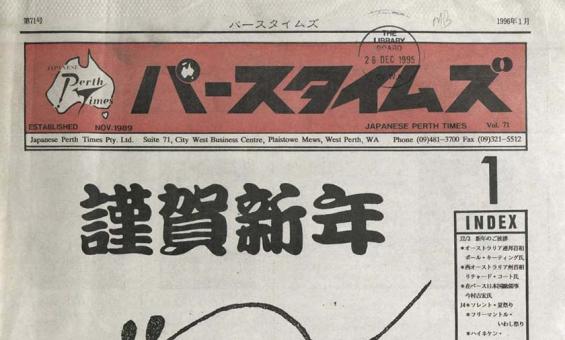
(2018). Japanese Perth times, nla.gov.au/nla.news-title1386
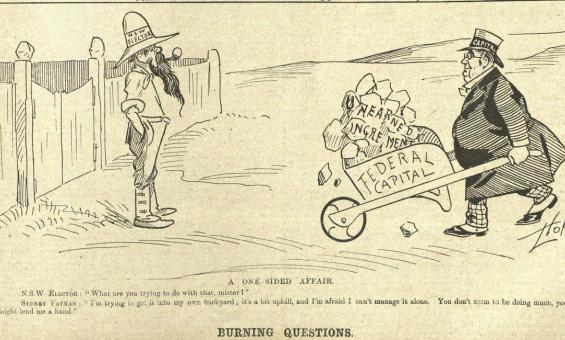
(1880) The Bulletin, nla.gov.au/nla.obj-683703369
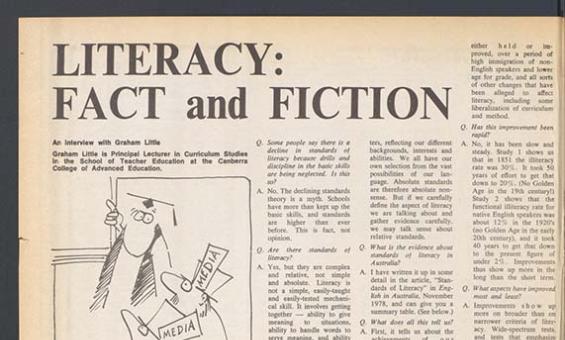
N.S.W. Teachers' Federation & New South Wales Public School Teachers' Federation. (1919). LITERACY: FACT and FICTION, Education : journal of the N.S.W. Public School Teachers Federation, nla.gov.au/nla.obj-710682297
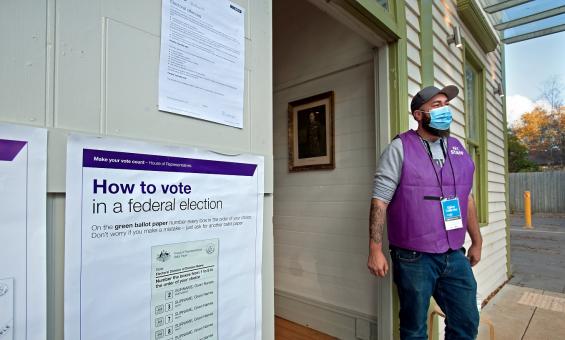
Sandy Scheltema, Australian Electoral Commission officer standing next to a 'How to Vote in a Federal Election' poster outside the polling place in Glenlyon Hall, during the Australian federal election, Glenlyon, Victoria, 21 May, 2022, nla.gov.au/nla.obj-3108998796